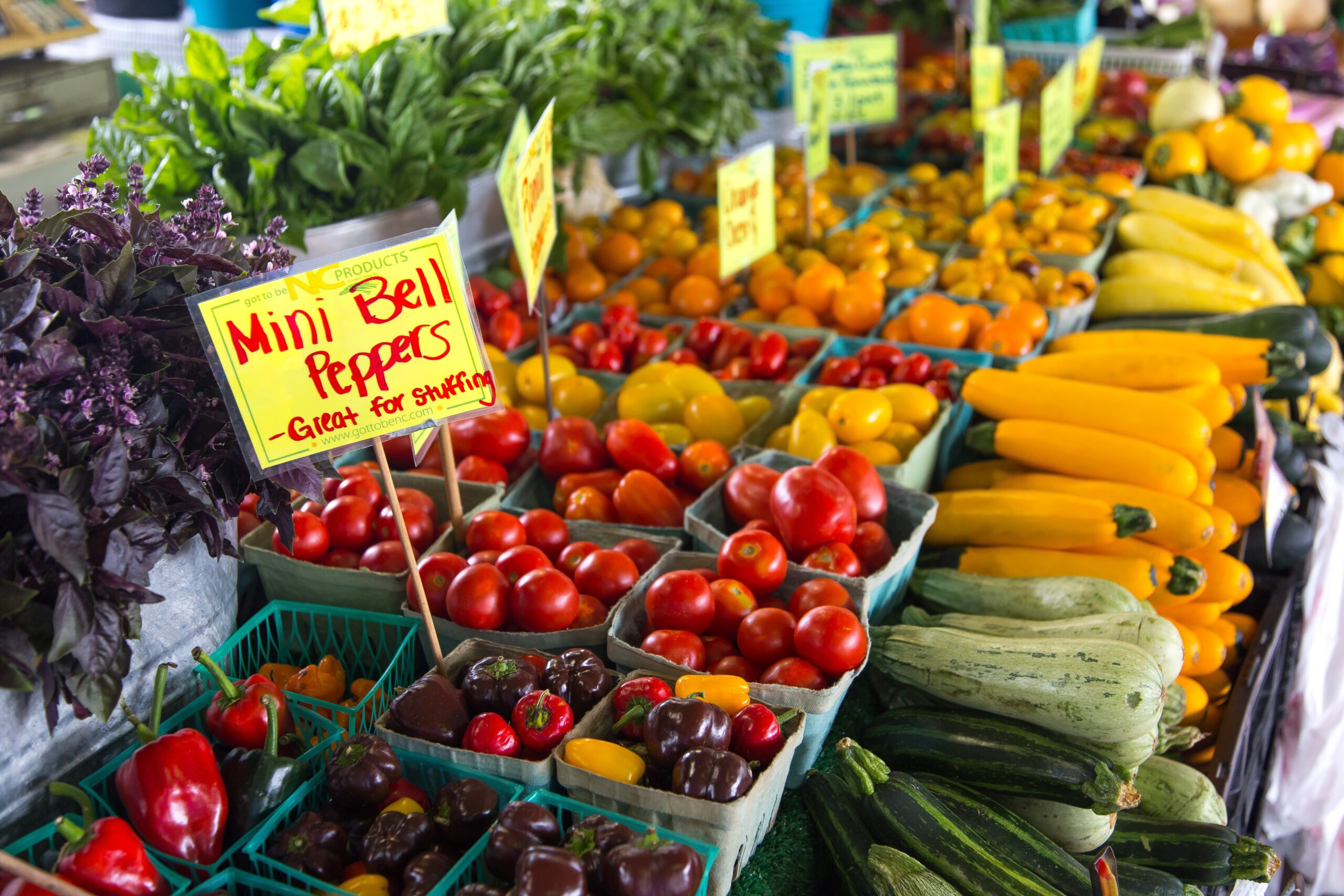A commodity is a basic good used in commerce that is interchangeable with other goods of the same type, and these are often used as inputs in the production of other goods and services. Traditional examples of commodities include grains, gold, beef, oil, and natural gas.
Understanding Commodities
The basic idea is that there is little differentiation between a commodity coming from one producer and the same commodity from another producer. A barrel of oil is basically the same product, regardless of the producer. By contrast, for electronics merchandise, the quality and features of a given product may be completely different depending on the producer.
Some traditional examples of commodities include grains, gold, beef, oil, and natural gas. More recently, the definition has expanded to include financial products, such as foreign currencies and indexes. Technological advances have also led to new types of commodities being exchanged in the marketplace. For example, cell phone minutes and bandwidth.
Special Considerations
Commodity prices typically rise when inflation accelerates, which is why investors often flock to them for their protection during times of increased inflation—particularly unexpected inflation. As the demand for goods and services increases, the price of goods and services rises, and commodities are what’s used to produce those goods and services.
Because commodities prices often rise with inflation, this asset class can often serve as a hedge against the decreased buying power of the currency.
What Are Some Commodity Examples?
Commodities are basic goods and materials that are widely used and are not meaningfully differentiated from one another. Examples of commodities include barrels of oils, livestock and meat, gold, silver, natural gas or megawatt-hours of electricity. Commodities have long been an important part of commerce, but in recent decades the trading of commodities has become increasingly standardized.
What Determines Commodity Prices?
Like all assets, commodity prices are ultimately determined by supply and demand. For example, a booming economy might lead to increased demand for oil and other energy commodities. Supply and demand for commodities can be impacted in many ways, such as economic shocks, natural disasters, and investor appetite (investors may purchase commodities as an inflation hedge if they expect inflation to rise).







